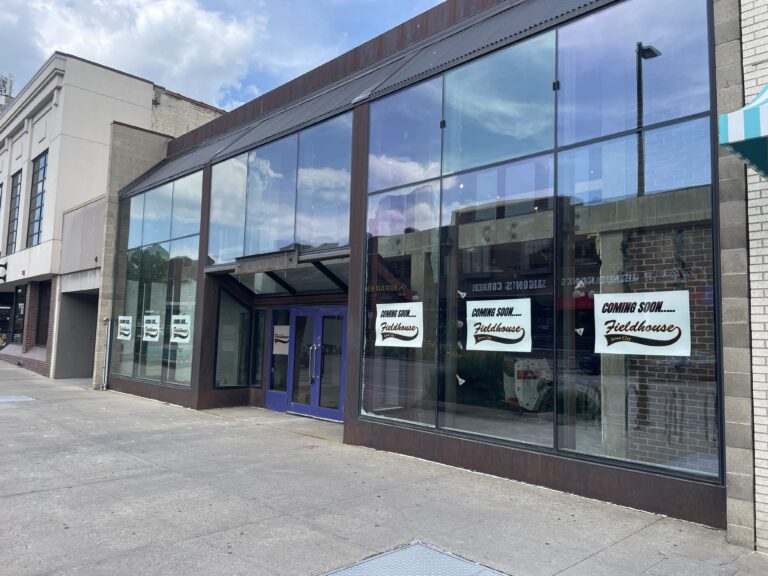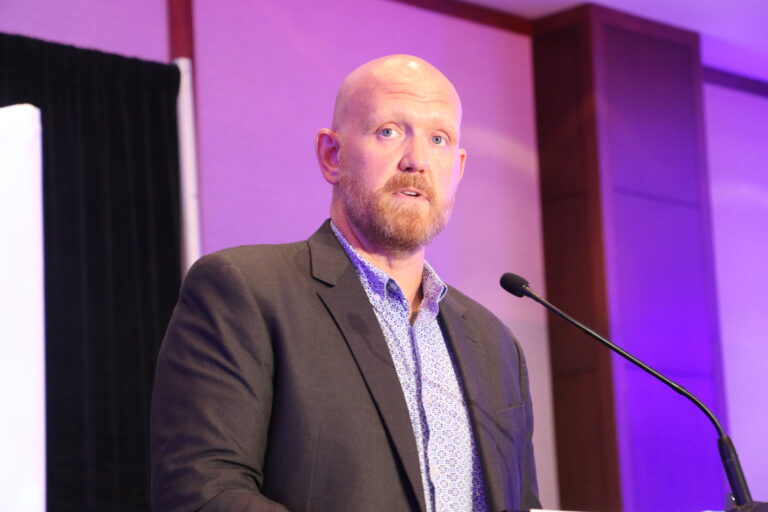Linn County, with help from the East Central Iowa Council of Governments (ECICOG), has released two separate county-wide housing reports: a Housing Needs Assessment and a Housing Equity Analysis.
According to a release on the reports from Linn County, safe and affordable housing significantly contributes to a healthy, well-balanced community.
Economic uncertainty during the COVID-19 pandemic and the loss of housing due to the 2020 derecho significantly strained the housing systems in Linn County. Following the pandemic, The Alliance for Equitable Housing, a multi-jurisdictional collaboration led by Linn County, transitioned from eviction prevention and other short-term solutions to concentrating on the root cause of housing issues and identifying long-term solutions.
The Housing Needs Assessment and the Housing Equity Analysis are part of the framework for identifying long-term housing solutions in Linn County.
Housing Needs Assessment
The primary purpose of the Housing Needs Assessment was to identify existing and future housing stock throughout Linn County (excluding the cities of Cedar Rapids, Marion, and Hiawatha) and to identify strategies that will help ensure the housing market provides housing opportunities for people and families of all income levels.
The assessment analyzes population demographics, housing stock, employment trends, and the unique needs of 14 cities within Linn County, including Alburnett, Bertram, Center Point, Central City, Coggon, Ely, Fairfax, Lisbon, Mount Vernon, Palo, Prairieburg, Robins, Springville and Walker.
Linn County plans to use the information from the assessment to guide its work on housing-focused initiatives. Key insights from the Housing Needs Assessment:
- Ely, Fairfax and Palo are experiencing the largest population growth in Linn County.
- More workers commute into Linn County for work than out of Linn County.
- The median build year for dwellings in the assessment area is 1972.
Housing Equity Analysis
In addition to the Housing Needs Assessment, which focused on communities outside of the metro area, ECIGOG also completed a Housing Equity Analysis, which focused on communities within the metro, including Cedar Rapids, Hiawatha and Marion. The Housing Equity Analysis identified disparate impacts in housing based on race, ethnicity, gender, age, ability status, and other factors.
Linn County officials say they will use the analysis in its collaborative work, including through the Alliance for Equitable Housing, to develop solutions to address identified disparities.
Key insights from the Housing Equity Analysis:
- Redlining and racial covenants created large areas of disinvestment, with a present-day impact on our community. Data analysis demonstrates housing equity is a systemic problem with disparities in lending activity by census tract, resembling modern-day redlining.
- Homeownership remains out of reach for many households due to scarcity of units, rising inflation, home prices and rental prices.
- The average median age of a home buyer increased from 39 in 2008 to 47 in 2020.
- As pandemic housing protections have been obligated or expired, eviction and foreclosure rates have returned to pre-pandemic levels.








